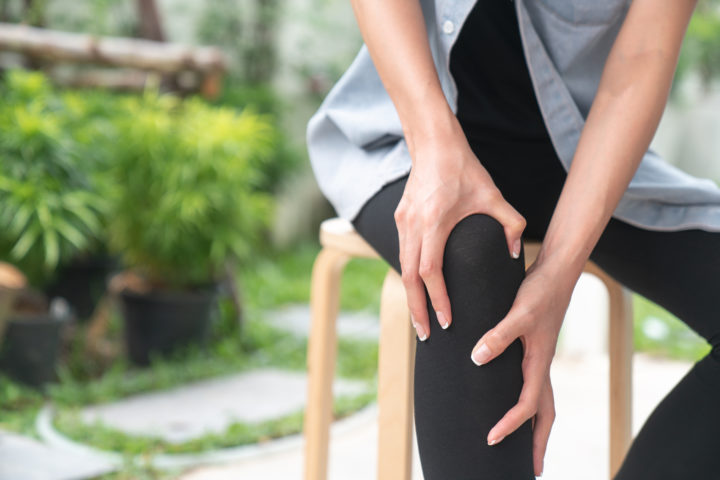Recently, the Inter-American Commission on Human Rights (IACHR) released a report condemning the silence about growing violence and deaths of indigenous Canadian women. Nearly 1,200 aboriginal women have either been killed or reported missing over the past 30 years, prompting growing concerns over what the Canadian government has been doing about it.
Reports from the Royal Canadian Mounted Police (RCMP) state that aboriginal women make up over 11% of women reported missing and 16% percent of female homicides in Canada. In the IACHR’s report, they accuse the police of failing to “adequately prevent and protect indigenous women and girls from killings and disappearances.” In doing so, they cite multiple disappearances along Canada’s Highway 16 (known colloquially as the Highway of Tears), and ask for the government for a more comprehensive, inclusive attitude about the treatment of native women.
The IACHR is joined by various groups such as the Native Women’s Association of Canada and federal political parties like the Liberal Party in calling for a national inquiry into these cases. The Conservative government in place in Canada denies that a national inquiry will reveal much or alleviate the problem that native women face, rejecting the proposal as it would be a waste of resources.
Back in September, a social media campaign using the hashtag #AmINext went viral in Canada, demanding that the government do a public inquiry into the deaths of aboriginal women. The campaign was started by Holly Jarrett, who began the campaign following the death of her cousin, who was killed before completing her thesis on murdered and missing native women.
Discrimination against aboriginal people is a large problem in Canada. Legislature in the past prevented aboriginal women who ‘married out’ from passing on their status as a member of a native population down to their children, and from receiving protection under previous treaties made between the colonial and native governments. This act was amended in 1985 to extend recognition of those rights.
Despite this, there remains some prejudice against and abuse of aboriginal people in the region. In 2013, CBC News reported that there was evidence of sex trafficking of aboriginal women and children in the Great Lakes region. Kezia Picard, director of policy and research at the Ontario Native Women’s Association, tied their abuse to larger problems within the community.
“The reason that indigenous women and girls are sometimes trafficked has to do with all of these ongoing issues like poverty,” she said in a statement to The Huffington Post. “Another one of the large risk factors for indigenous women and girls is the lack of housing. Women will sometimes engage in survival sex, not of their choice, in order to have somewhere to live.”
In a report from 2012, statistics showed that aboriginal women were being imprisoned in increasing numbers under a crime crackdown by the Canadian government. Although only 4% of the Canadian population identifies as aboriginal, 1 in 3 female prisoners in their criminal system are aboriginal.
While Canada has made some progress in eradicating discrimination against aboriginal women, it’s clear that there’s still work to be done. If the government diverts more resources to their protection, it may be enough to stem the problems that this marginalized group faces. The Canadian government is set to hold a discussion on the status of murdered and missing aboriginal women on February 27th.
Cover image courtesy of Media Indigena.




comments